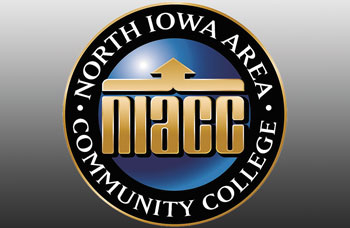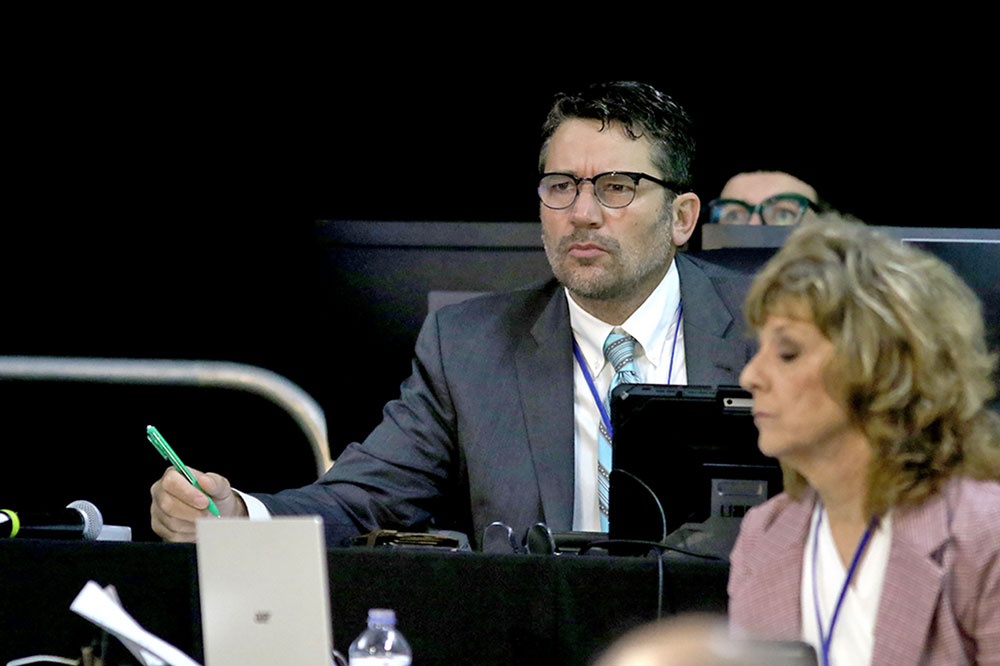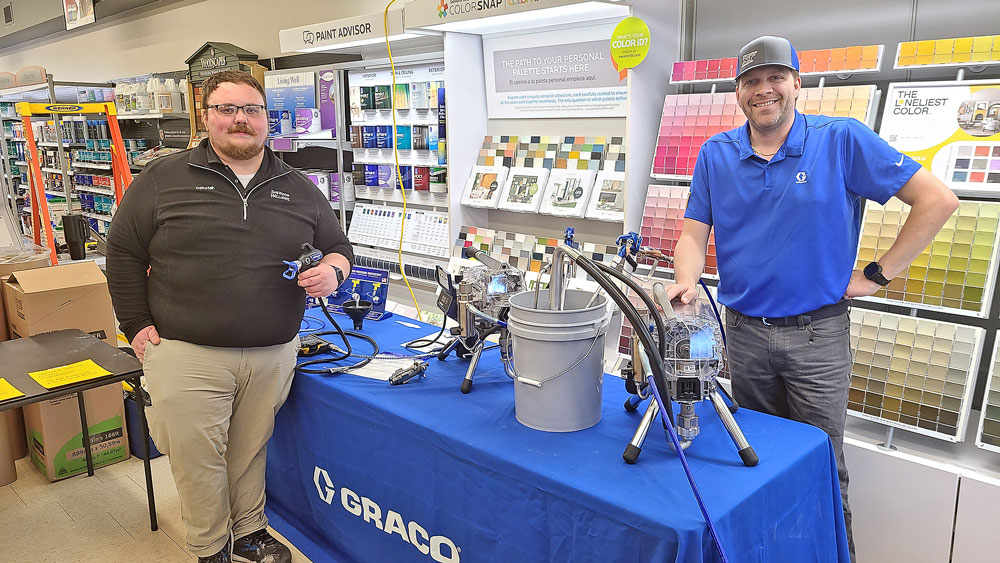Revenue purpose vote on election ballot
By James Grob, jgrob@charlescitypress.com
On top of the city council and school board elections and the hospital issue, voters in the Charles City Community School District will see a school-related item on the ballot when they go to the polls on Nov. 5.
Voters in the school district will be asked to approve an enhanced revenue purpose statement (RPS).
The vote will clarify the purposes for which the Charles City Community School District Board of Education may invest Secure and Advanced Vision for Education (SAVE) funds — also known as the statewide penny fund. If approved, the statement will allow the district to use funds from the state’s one-penny sales tax for education toward a variety of maintenance and infrastructure projects.
In a recent press release, the Charles City School District stressed that an approved RPS would not affect local property taxes or the state sales tax.
“The district and board are committed to ensuring our community members have all the information they need in advance of election day,” said Mike Fisher, Charles City School District superintendent, in the release. “The board is proposing a revenue purpose statement that will allow us to continue to protect and maintain the investments our community has made in its local schools.”
The Charles City Community School District Board of Education approved the RPS election by unanimous vote of 5-0 at a special meeting in September. At that meeting, Fisher said he and others would be working on a fact sheet to be presented to the community “making clear this is not a tax increase.” That fact sheet is available on the school district’s website.
“It is not a tax raise. It’s not a tax decrease, either,” Fisher said at the meeting. “It’s just something that we need from the community to continue to use state sales tax dollars, which is a good thing, because that is property tax relief for us for facilities.”
Statewide penny funding has been relied on by Iowa’s schools since 2008, when the local-option tax was repealed and the state’s sales tax went from 5% to 6%. Revenue from the SAVE fund is distributed to every school district in the state for the purposes of infrastructure repair and improvement and for the reduction of property taxes.
The initial law in 2008 included a sunset clause which would have ended the SAVE program in 2029, which in recent years began being a problem for school districts because they couldn’t count on the funding being a revenue source to finance long-term infrastructure projects.
During the 2019 legislative session, the Iowa Legislature extended the authorization of SAVE funding to 2051 and Gov. Kim Reynolds signed the extension, which took effect July 1. The law includes language requiring school districts to again ask voters to approve their proposed use of the funding, as voters did when the initial law was passed.
The extra penny sales tax is collected in every community across the state, as well as from internet sales, and is allocated based on student population.
Among the types of projects allowed through SAVE are information technology infrastructure, purchasing and improving grounds, furnishing and equipping district facilities. The district can use these funds for remodeling, reconstructing, repairing, expanding or improving school buildings, as well as implementing energy conservation measures and providing funds for emergency repairs due to natural disasters.
The state of Iowa also allows SAVE funds to be used for providing property tax relief, repairing transportation equipment, funding student construction projects, procuring or acquiring libraries and opening roads to school buildings.
According to the district, during the past 10 years the school has used SAVE dollars for various projects, including asbestos removal, high school STEM labs, welding lab renovations, roof replacements, restroom upgrades, the Washington elementary playground, the transportation center, track resurfacing and school fiber network improvements, among many other things.








Social Share